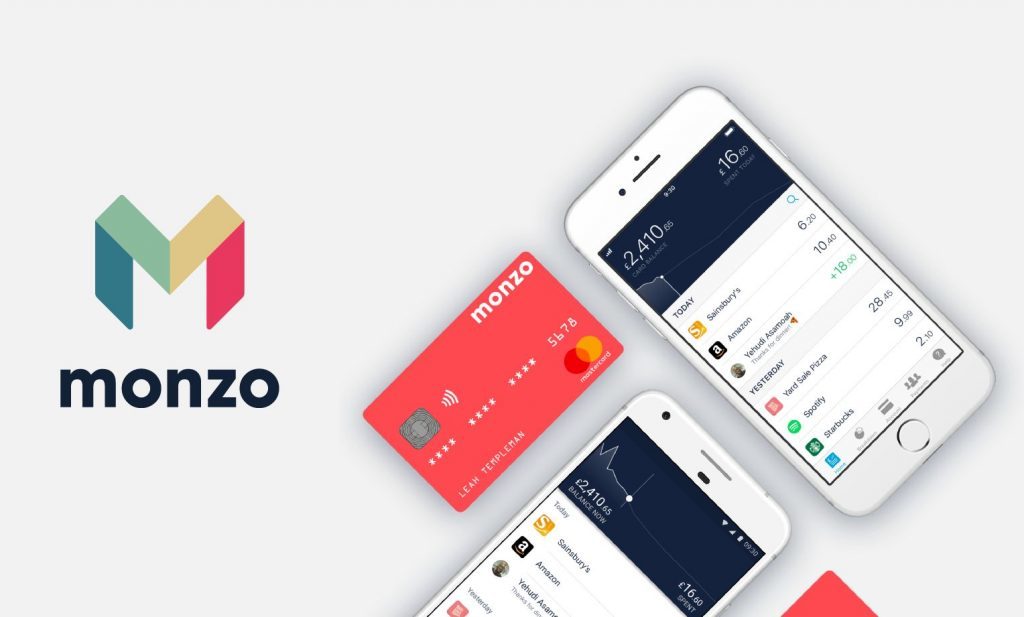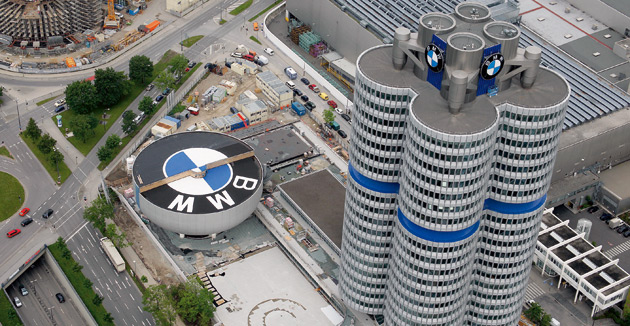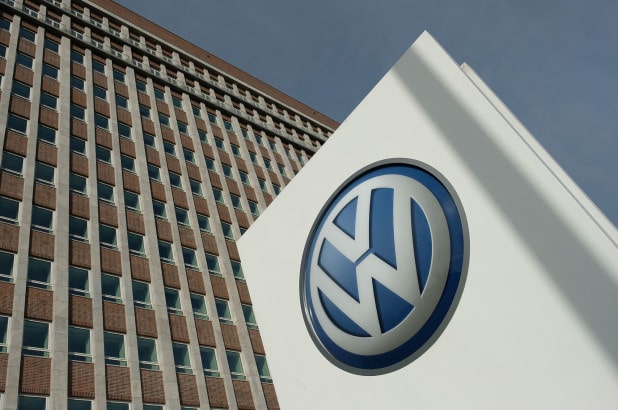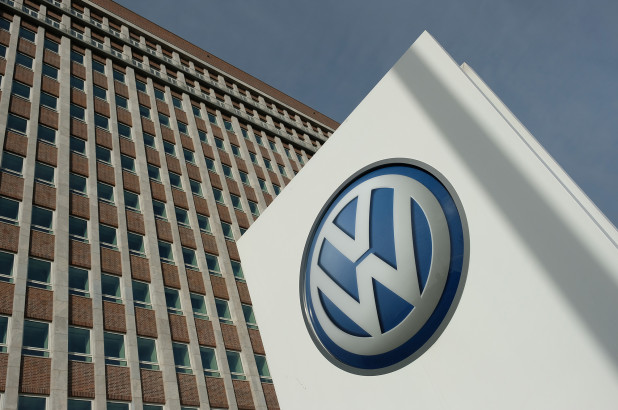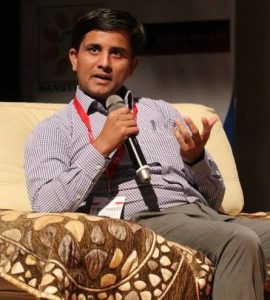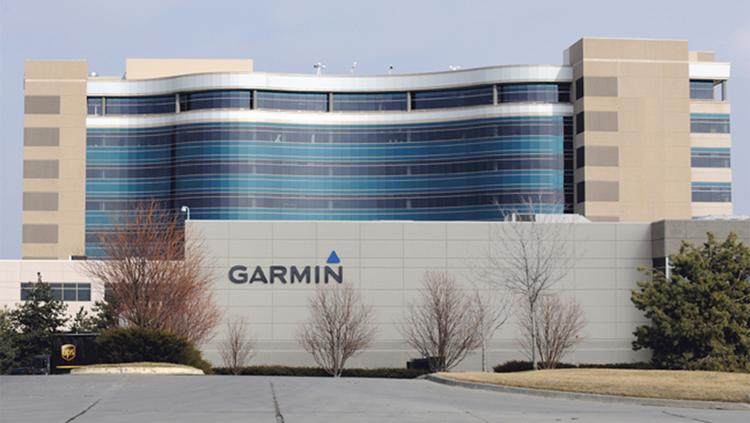Monzo: A Banking Business that Turned Out to be an Innovative Success
In a world where technology is advancing at an exponential rate, services like online banking are quite common to people. The banking apps that are being launched these days have already been proven to be very useful, due to the ease and the various facilities these provide. With the help of those apps, we are able to pay without withdrawing cash, transfer money abroad, and what not. Monzo Bank Ltd. is one such exclusive mobile-based bank, based in the United Kingdom. Only four years to its establishment and Monzo has made a jaw-dropping profit serving more than 2 million customers.
The History Behind the Success
Monzo was launched in 2015, with headquarters in 38 Finsbury Square, London, and back then, it was known as Mondo. Currently, Tom Blomfield is serving the company as the CEO, and Gary Hoffman is the company’s chief executive and the chairman.
Mondo was founded by Tom Blomfield, Jonas Huckestein, Jason Bates, Paul Rippon and Gary Dolman. The five of them used to work in the same challenger bank (Startling Bank) before they founded Mondo. The growth curve of the company impressed everyone since the beginning, especially when Mondo made history in the quickest crowd-funding campaign, in February 2016. The company raised $1 million within a time span of 96 seconds, and hence brought some good fame and lucrative investors to the house.
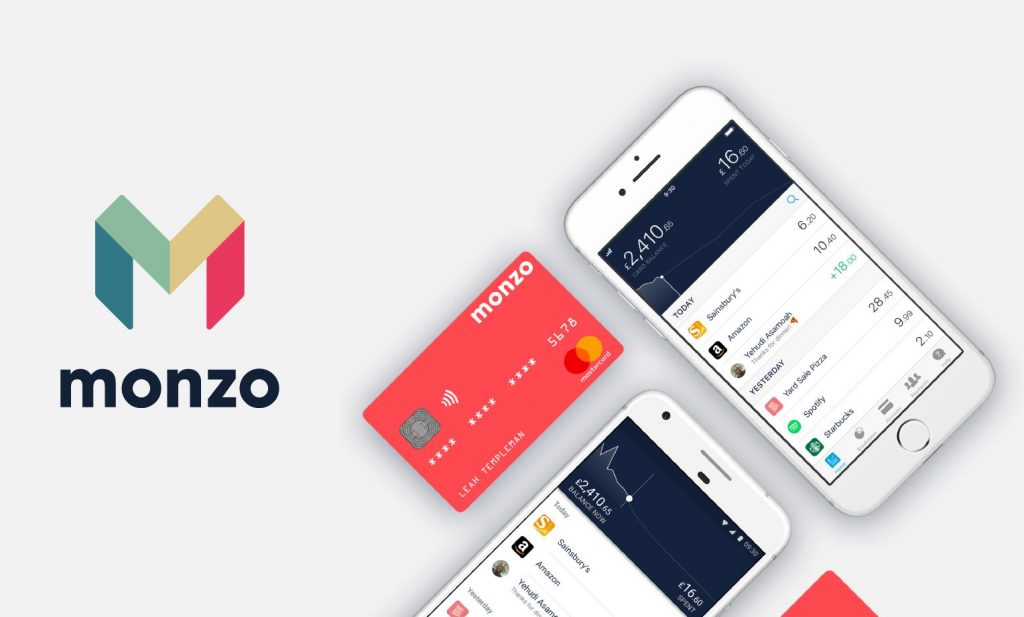
Initially, the company was approved to have a restricted banking license by the financial regulatory bodies of the UK, but later in April 2017, the restrictions were withdrawn. The customers of this app used prepaid debit cards until the current accounts were accessible to them, and in April 2018, the prepaid scheme was shut down.
When the company carried business under the trade name Mondo, there were many complains launched and open challenges, that there already exists a company with the exact trade name. So, without going into many grimy situations, the founders changed the name of the company. They announced the name Monzo, officially on 25th August 2016. In the same year, Monzo raised around £4.8 million through ‘interim’ funding round, followed by another £2.5 million by Crowdcube crowd-funding campaign.
From 29th September 2016, the app for Monzo was made available to the public of the UK, and those who visited the office in person were provided with private beta. So, all you needed was a mobile app and a prepaid debit card to become a customer of Monzo and enjoy the endless facilities.
One of the biggest reasons that the company turned out to be such a mammoth corporation in no time was its transparency. The official website of Monzo had a live counter which showed the rollout with constant updates.
In July 2017, all the eligible customers were welcomed to sign in for a preview of the full current account, and in October 2017, Monzo declared that it would cease the free ATM withdrawals (abroad). The company replaced it with a new system, where it provided free withdrawals up to £200 and charged a 3% fee on each transaction after the limit is over. This new scheme started working on 18th December 2017. Monzo also issued Debit Mastercard cards for all the new and existing customers who signed up for the current accounts.
In June 2018, Monzo declared direct collaboration with IFTTT, which enabled the users to connect Monzo with smart devices. The company gained more attention and fame after it spotted a Ticketmaster (An American based ticket sales and distribution company) data breach in June 2018, which had held in April 2018. By this time, Monzo had already outweighed the competitions in the market and embraced more than a million customers.
In June 2018, Monzo declared that incorporation with TransferWise will now allow money transfers globally through the app. And later, the company announced that on savings of more than £1,000, it will provide interest in partnership with Investec. In November 2018, Monzo added another feature of paying cash into its respective Monzo accounts charging £1 for every deposit. And the year ended with Monzo having an enormous win in the Crowdcube crowd-funding campaign where it held £20 million and reached the target within a few hours.
In January 2019, Monzo declared its collaborations with Flux to give loyalty points to the customers and thus gaining more popularity.
Thinking Out of the Box
Undoubtedly, there are many other tech savages out there with better versions of online banking and finest technology, but what makes Monzo so different? Everyone focuses on the victory, the team has achieved in the journey of four years, but not the strategies that made them conquer it.
The major key to their success was the vivid observations that the team made, which helped them grab the earliest opportunity to expand the business with the beginning of the digital age. By the time Monzo established its business, more than 45% of the population used net banking for their daily purpose. So, only a little or no investment was needed to promote the technology among commoners.
The company focused more on listening to what the customers suggested, to make it more user-friendly, and the opinions were welcomed through social media platforms. This played a very important role in strengthening the bond between the customers and the company. And consequently, when the referrals increased, Monzo started making its customers feel comfortable and safe.
All these brilliant policies resulted in such an overwhelming success of Monzo, making every start-up dream about its glorious triumph. Today, the company has around 776 employers providing support to millions of customers 24/7.

Annasha Dey is an NIT student, who apart from studying engineering is also a content writer. She has a great interest in photography, writing, reading novels, and travelling as well. She is a foodie who loves socializing and hanging out with her friends. She is also a trained Kathak dancer and a big fashion enthusiast. Dey also loves watching TV series, which includes F.R.I.E.N.D.S. and Big Bang Theory. To be a better writer she prefers to read more
